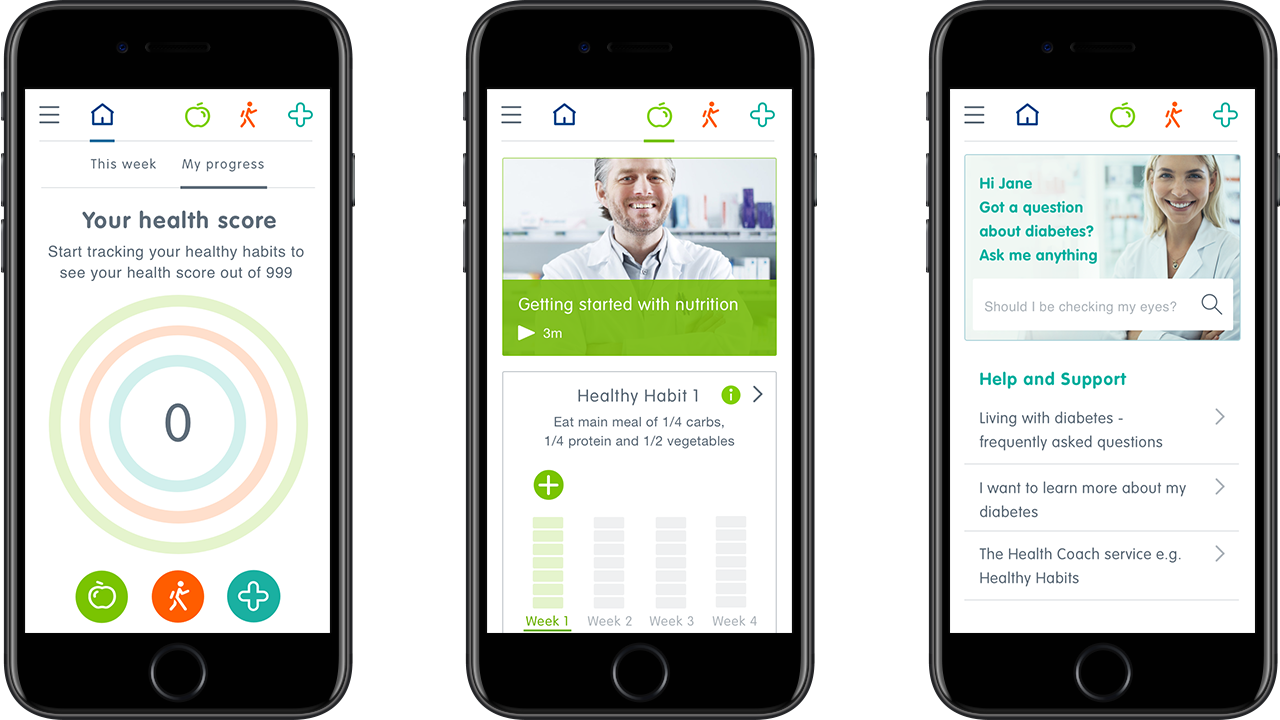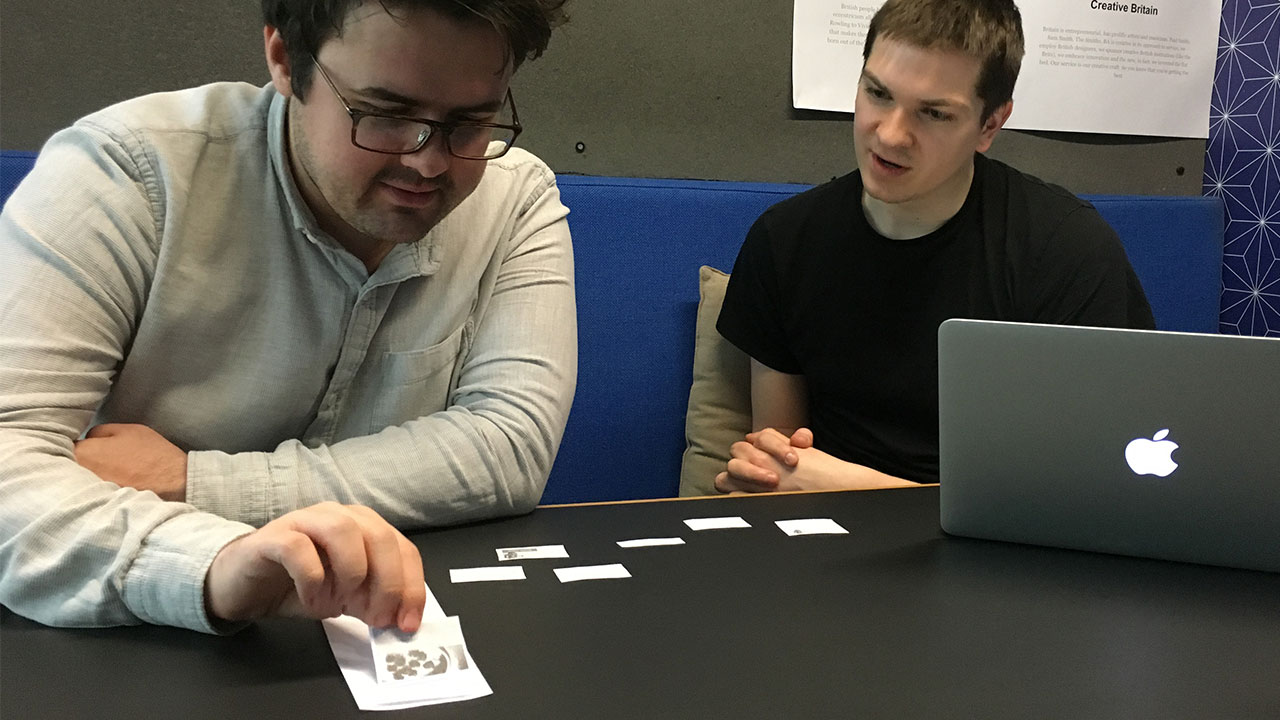Boots
Empowering people with diabetes to feel in control of their health

Background
Boots, the largest pharmacy chain in the UK, was losing market share to supermarkets, where customers could pick up medicine as part of their grocery shop. Rather than compete on product range or price, Boots emphasised their brand position as health specialists.
As part of this strategy, our team proposed a service to help people newly diagnosed with type 2 diabetes manage their condition. The service would be free with revenue being generated from the increased sales of relevant health products, services, and prescriptions.
The omnichannel service was comprised of two parts: an in-store consultation and a web app. As the project’s lead user experience designer, I was integral to the research and design of the service, and the digital products that facilitated it.

User Interviews
The service was more than a commercial venture - it had to genuinely improve quality of life. To better understand customers’ needs, I interviewed a range of people with experience of diabetes, including medical experts, dieticians, and people living with the condition.
The ability to manage diabetes was directly connected to the individual’s degree of knowledge about the condition, and the degree to which that knowledge was applied to their lifestyle. Those struggling to manage the condition felt overwhelmed by the amount of information on the subject, and found it difficult to change unhealthy behaviours that had formed over a lifetime.
After further research into behaviour change, we hypothesised that encouraging customers to make small, incremental changes to their lifestyle would be the most effective way to realise long-term control over their condition.
“When first diagnosed, I was scared, shocked and upset. The first step is to understand your illness. Read books, study nutrition, ask lots of questions, let your loved ones know about the support you need.”
Quote from an interviewee with type 2 diabetes
Prototyping and User Testing
To validate the hypothesis, I created prototypes that were designed to convey information in a digestible format, and cultivate manageable healthy habits. Over a period of 6 months, I tested and iterated the prototypes every two weeks with pharmacists and people with diabetes.
The tests greatly informed the design of the service. One of the most significant discoveries was that customers were more likely to put lifestyle advice into practice if they understood: what they had to do, why they had to do it, and - if they could see the benefits - how to do it.
Once the hypothesis had been validated and the service was sufficiently refined, we developed a trial version for public release. Customers could visit a pharmacist in-store to set health goals based on their biometrics, then learn about diabetes and track their goals through the web app.

Conclusion
To measure the success of the trial, we analysed quantitative and qualitative data from surveys, in-store interviews, and web analytics. Not only was the service valued by customers, it also improved the perception of Boots as a health specialist.
The data also revealed a high demand for the service with 81% of customers expressing an interest for a personalised health service from Boots, and 70% being happy to pay a small fee for it.
In addition to the positive response to the service, there was also a demand for new features, such as quicker “on-the-go” tests available in-store, and recommended meal plans tailored to the customer’s health goals.
